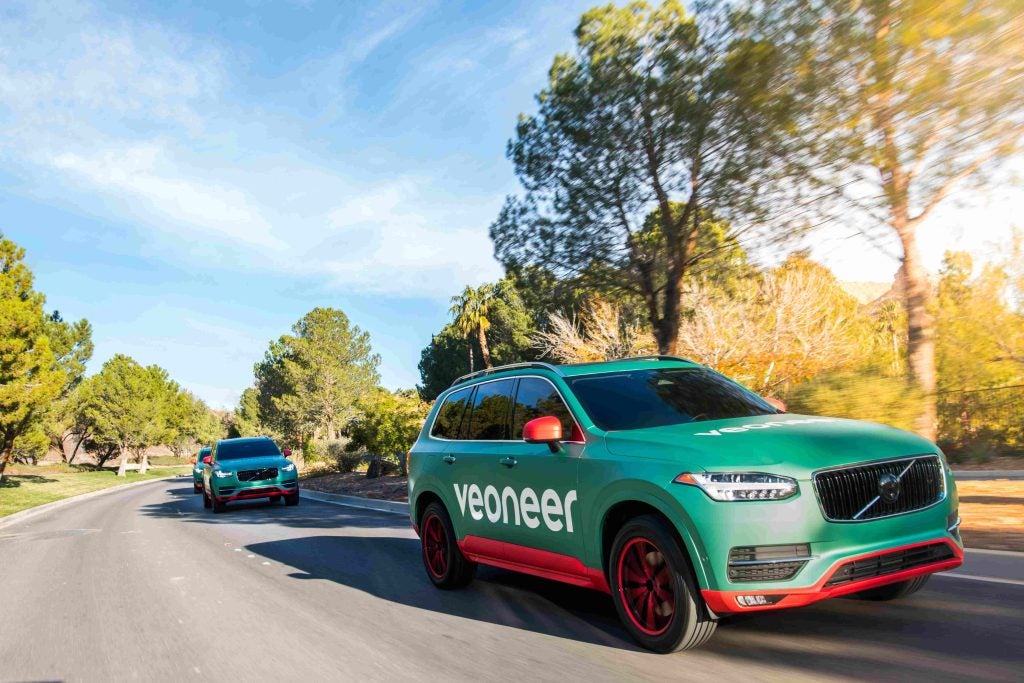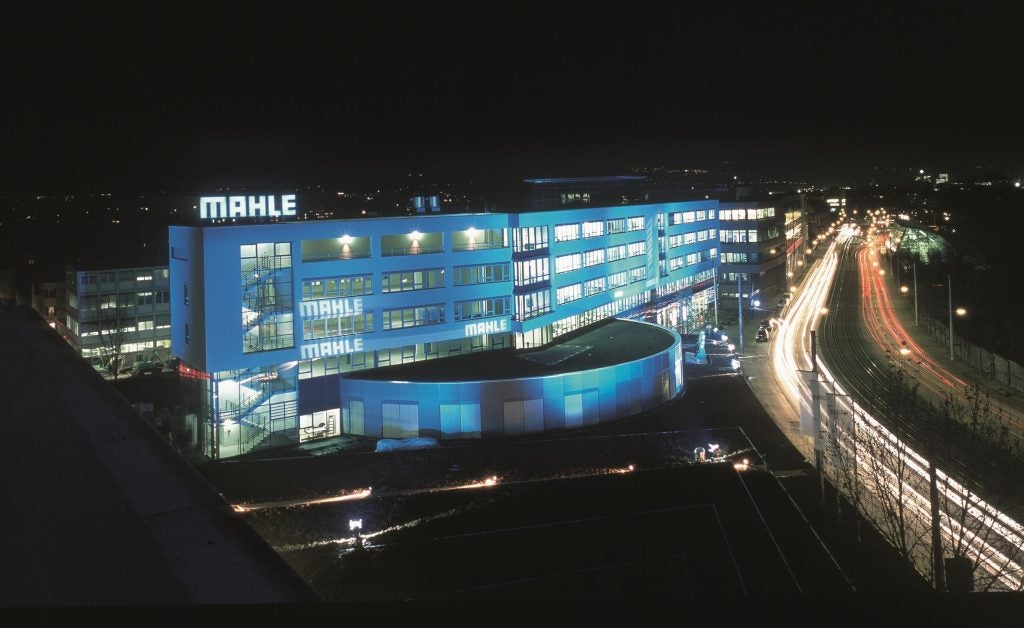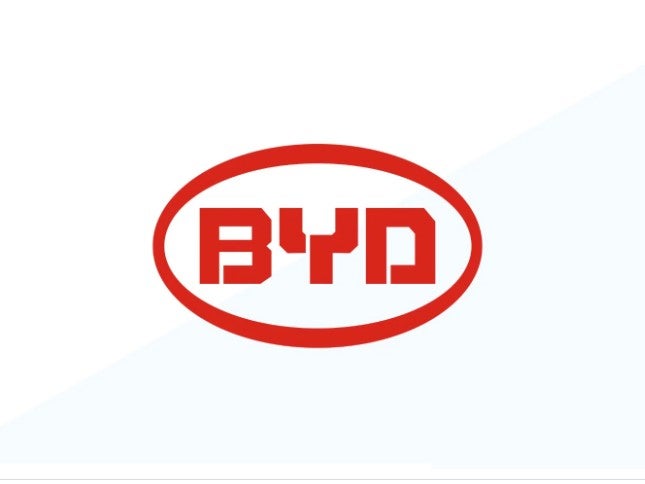Nissan Motor in Tokyo today previewed its electric vehicle (EV) platform on a Tiida (Versa)-based prototype and showed its EV-IT system developed to support electric driving around the clock.
The specially developed EV ‘E’ platform is a variant of the Nissan-Renault alliance B-platform and combines a very rigid body, high-performance motor and a compact lithium-ion battery with high power output and energy capacity.
Nissan stressed the “quiet and peaceful driving experience”, “unique” to a fully electric drivetrain and just-auto can confirm that having briefly driven the older Cube-based EV-02 around a Swiss industrial estate earlier this month. The complete silence at junctions takes some getting used to, and off-the-mark acceleration is brisker than expected, a pleasing trait of electric traction.
”The age will definitely arrive when cars will be running on zero-emissions,” Nissan’s chief operating officer Toshiyuki Shiga told reporters in Japan today. ”We will build a new auto industry with the EVs.”
The automaker developed the electric motor itself and it delivers 80kW of power and 280Nm of torque. We wonder if the new motor might not have been under the bonnet of the Swiss test car as requests to inspect the works were politely but firmly declined.
How well do you really know your competitors?
Access the most comprehensive Company Profiles on the market, powered by GlobalData. Save hours of research. Gain competitive edge.

Thank you!
Your download email will arrive shortly
Not ready to buy yet? Download a free sample
We are confident about the unique quality of our Company Profiles. However, we want you to make the most beneficial decision for your business, so we offer a free sample that you can download by submitting the below form
By GlobalDataAs Nissan outlined in a day-long EV presentation to European journalists, the 24kWh laminated compact lithium-ion battery pack is placed under the vehicle floor for more efficient packaging, without compromising cabin or cargo space. The battery layout also allows smooth underfloor air-flow which helps reduce drag. The regenerative brake system recharges the battery during deceleration and braking and extends the driving range to a claimed 160km-plus (about 100 miles) on a full charge.
The automaker said an additional frame for the battery pack significantly improved the rigidity of the platform. Minimising vibration and external sounds will be critical for mass market acceptance of EVs as the drivetrain’s near silence, of course, means other sounds (such as HVAC) and any squeaks and rattles will be more obvious to drivers and passengers.
As just-auto has described earlier, Nissan has developed a new IT system for its zero-emission EVs, which will eventually see a wide range of vehicle sizes and body styles following the initial launches in Japan and the US in 2010 and Europe in 2011. The system will connect the vehicles’ on-board transmitting units to a global data centre to support EV driving.
Effectively, all EVs will report back to the Nissan mother ship on how they’re performing and how their drivers are using them. There will be an opt-out option for those concerned at the ‘big brother’ aspect but Nissan hopes to encourage competition amongst owners – who can get the longest range? – and is clearly hoping for the sort of owner enthusiasm and loyalty that surrounded GM’s EV-1.
The new IT system will display maximum range, the navigation map will show driving radius for the current state of battery charge and will calculate if the vehicle is within range of a pre-set destination.
It will also keep tabs on available charging stations within the current driving range and supply detailed information for each charging station.
A timer function will enable air conditioning or battery charging to begin at a specified time. Setting pre-cooling can allow cabin cooling before disconnecting the charger and driving off, thus reducing battery drain. Time-controlled battery charging allows owners to benefit from more favourable night electricity rates where offered – the automaker is talking with utilities to widen the areas this is available.
Nissan isn’t talking prices yet but officials did let slip it would be cheaper than the EVs recently launched by Mitsubishi Motors and Fuji Heavy Industries (Subaru) which are priced at more than JPY4.5m (US$47,500).
The driver can also monitor the car remotely via website or mobile phone. For example, when the battery is fully charged, a message alert is sent to the phone. Other remote control functions range from switching the charging system on or off or setting that air conditioner timer.
The production EV will be unveiled at the opening of Nissan’s new global headquarters in Yokohama on 2 August.
Nissan plans two European li-ion battery plants







